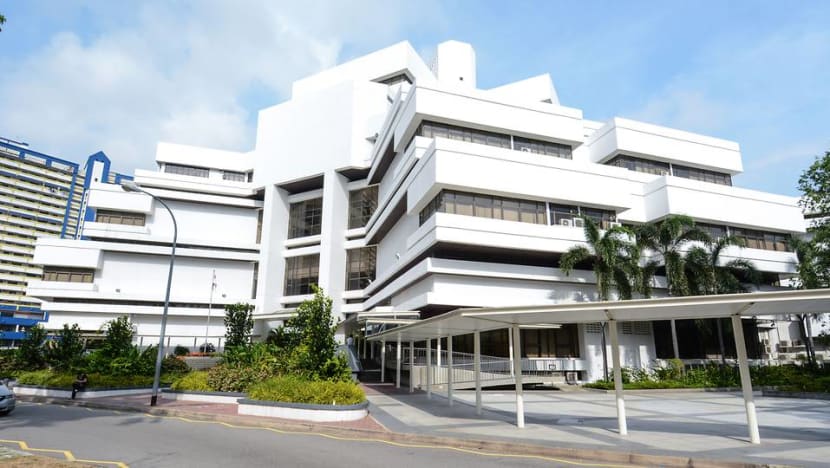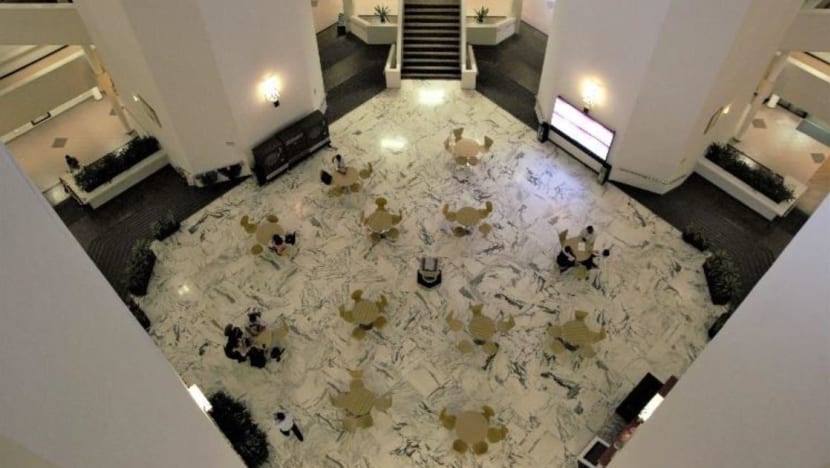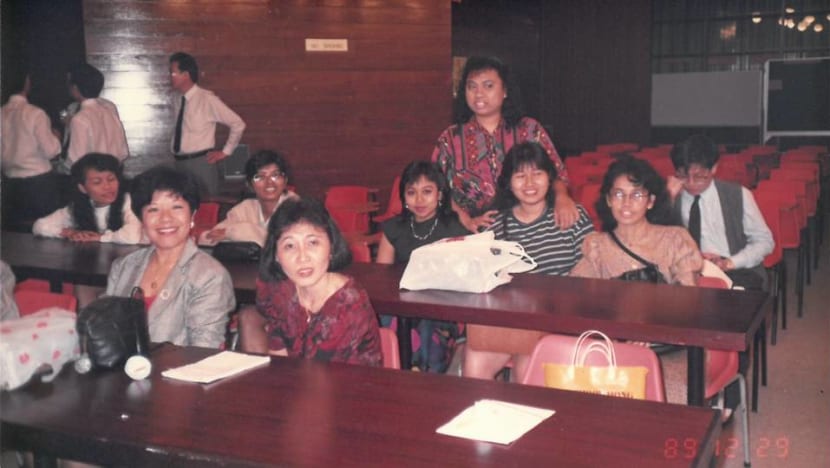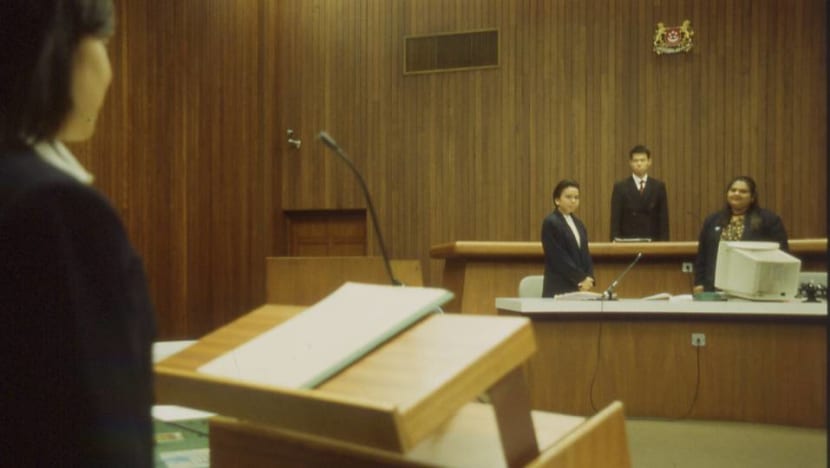State Courts bid farewell to home of 44 years, 'engine room' of Singapore's judicial system

The octagonal building of the State Courts at 1 Havelock Square. (Photo: State Courts)
SINGAPORE: Forty-four years after setting up operations in the distinctive eight-sided building in Havelock Square, the State Courts bid farewell on Friday (Dec 13) to its home, described by the presiding judge as the "engine room" of Singapore's judicial system.
Addressing a crowd of about 450 people comprising lawyers, judges, judicial officers and court employees, Justice See Kee Oon said the building, which opened its doors on Sep 15, 1975, had served well over the decades.
He described how the nine-storey building presented some challenges with its "distinctive character" when it first opened, and how navigating its spaces took him some time to get used to.

"The seemingly maze-like passages caused a fair number of us some confusion and perhaps even mild panic," said Justice See.
"When I first joined the Subordinate Courts in 1991 as a young judicial officer, I would become slightly anxious trying to make sure I did not get lost looking for the next meeting venue."
He described how he once guided a group of foreign visitors down the wrong passage and led them in almost a full circle around the building.
The State Courts were known as the subordinate courts before its renaming in 2014. When it opened, it was the first time all the lower courts - including the magistrates' court, juvenile courts and coroner's court - were consolidated in Singapore.

"Being the primary courts of first instance undertaking a voluminous and varied caseload, it is unsurprising that the State Courts are often described as being the 'engine room' of Singapore's judicial system," said the judge.
The Government decided in 1970 to build a new modern courthouse at Havelock Road to centralise these courts, and the octagonal building with its angular shapes steps upwards like a pyramid.
According to the State Courts, the building is oriented in all directions as a metaphor on its function to address all in the community.

When the State Courts first opened, not all its 26 courtrooms were needed, but that rapidly changed, said Justice See.
Additional courtrooms had to be constructed to cope with the increasing number of cases, and the current building holds 37 courtrooms.

Even so, this is fewer than the 53 courtrooms in the new building, which stands just next door and will open officially on Monday.
The old building received conservation status in July 2013, and will be converted to house the Family Justice Courts.
"As we in the State Courts close the final chapter marking our time in this building, we must never forget our core values and never waver from our commitment to delivering justice to the community," said Justice See.
"In time to come, we hope that we will be able to look back upon today, and see that the State Courts have not merely moved from one building to another, but also entered a new era in being even more effective in administering justice and upholding the rule of law."
"THE SAME BOOK, A DIFFERENT CHAPTER"
Lawyer Peter Low told CNA that he felt “a bit sad” to be leaving the building, after practising law there for the past 42 years.
He said he would miss the bar room especially, as that was where lawyers got to share their experiences and where younger lawyers learned the tricks of the trade.
However, he acknowledged that the old building was a “bit dated” and said he was very impressed with the new one, which looked “very modern” and is on par with the Supreme Court.
The judges and accompanying court officers had marched in a circle around the old court building over to the new one, and lawyer Josephus Tan said he found the process “very nostalgic”.
“I started my career 11 years ago in the subordinate courts as it was then known and now I’m going to finish my career in the new one,” he said.
Mr Nicholas Cai, the court clerk for District Judge Ng Peng Hong, said he would miss the old building but feels excited about the move.
“It’s the same book, a different chapter,” he said.













